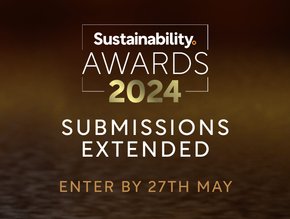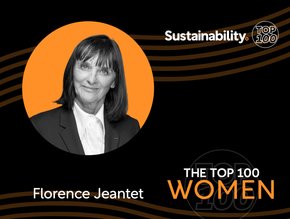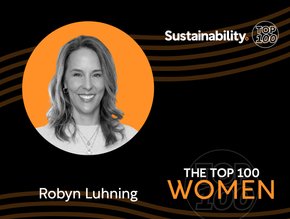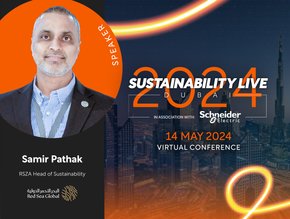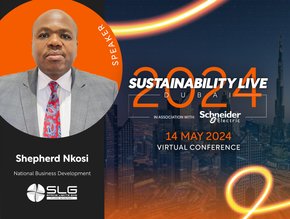Leaders discuss circularity and ESG in data centres
The increasing digital demand has provoked data centres to expand rapidly, but for digital transformation to be sustainable, a lot of considerations and adaptation is taking place within the industry. During a panel discussion on this—‘Sustainability in Data Centers’—the speakers delved into the current state of data centres and the significance of sustainability measures moving forward.
Chris Pennington, Director of Energy & Sustainability at Iron Mountain, kicked off the session by talking about the industry’s achievements so far. “There’s been over 500% increase in compute capacity with a minimal amount of total energy consumption so energy efficiency has gone way up,” Pennington says. “That pursuit is taking its path and continuing to move forward.”
A major theme of the sustainability discussion is circularity, which is becoming commonplace in industries. Pennington emphasises how the industry is moving in this direction but requires further innovation to get to the next stage of its strategy. Pennington turns to Fahmida Bangert, Vice President of Sustainability at ITRenew, for a more in-depth look at circularity from her perspective in the renewal of electronics.
“It’s really interesting to see how the data centre industry has caught on,” Bangert says while highlighting three key drivers of sustainable change. Primarily, this has been provoked by necessity as decarbonisation becomes a high priority among supply chains. Then there is the need for circularity in inventory as technology hardware is decommissioned and overtaken by non-tangible solutions, leaving businesses with usable materials and equipment that are outdated.
Implementing a circular strategy means that organisations can keep the majority of e-waste out of landfills. And this brings Bangert to her final point on environmental, social and governance (ESG), which is a key consideration for the sector.
Susanna Kass, Data Centre Advisor at InfraPrime, also acknowledges the need for developing sustainable practices in a growing industry. “My fundamental belief is that if the grid is 24/7 green, we’re done,” Kass says. “At least we’re halfway done. 50% won’t have to worry about carbon-free energy that will provide the baseline.”
How can data centres achieve sustainability?
The second half of the session is focused on the actions that data centre firms can take to create positive climate impacts. Much of the discussion was centred around the Scope 1, 2, and 3 emissions, and the ability to report and action data based on them.
For the full discussions and more links to on-demand Sustainability LIVE content, visit the Sustainability Magazine YouTube channel for more industry insights.

